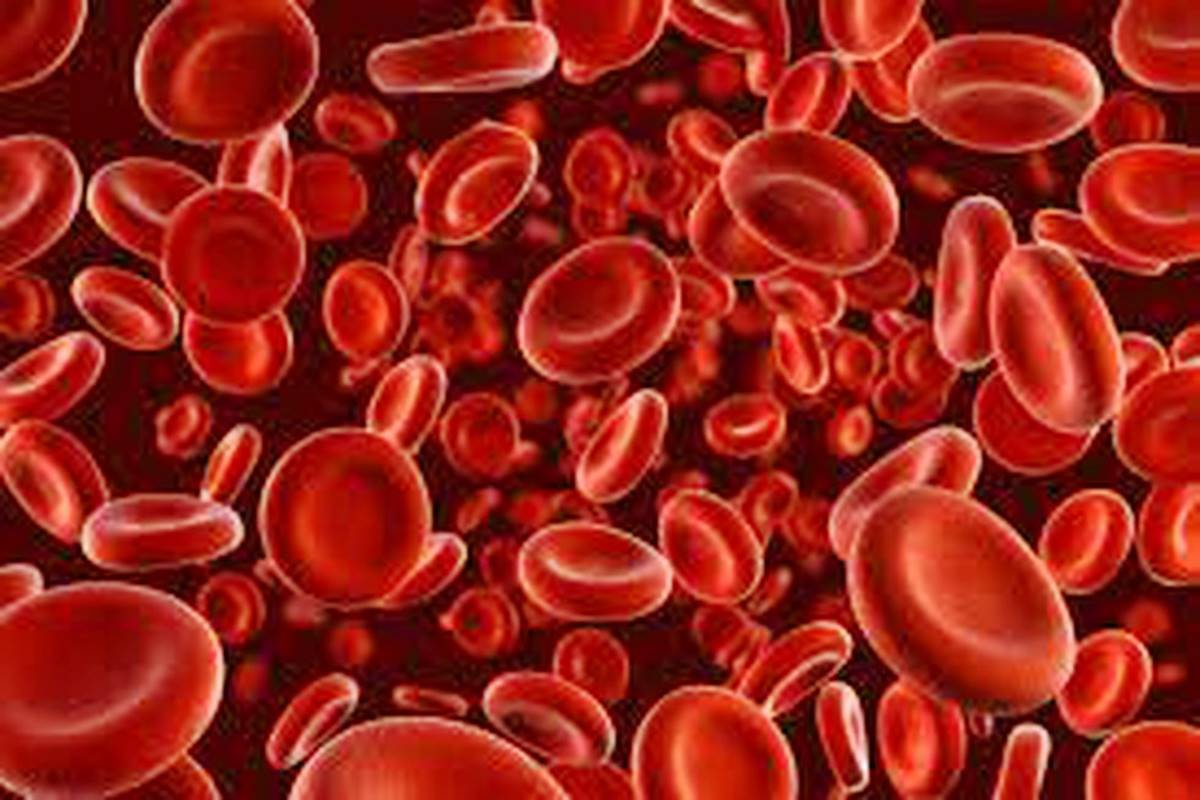Toxic Air
Air pollution in ten Indian cities assumed alarming proportions and was linked to deaths of 33,000 people every year between 2008 and 2019, a study published on 6 July 2024 in the Lancet Planetary Health Journal points out.
Learn about the early symptoms and management of Haemophilia, a rare genetic disorder characterized by impaired blood clotting, in this informative guide.

Image Source: Facebook
Haemophilia, an uncommon genetic disorder, manifests as the inability of blood to clot properly, resulting in excessive bleeding. This typically arises from insufficient protein or clotting factors in the bloodstream. Although it is hereditary, Haemophilia manifests in three distinct types. Haemophilia A involves a deficiency of clotting factor VIII, Haemophilia B entails a shortage of clotting factor IX, and Haemophilia C is characterized by diminished clotting factor XI, also known as Rosenthal syndrome. Here are some early symptoms to aid in prompt diagnosis and treatment.
While genetics is the primary cause of haemophilia, typically passed down through generations, it can also stem from mutations in clotting factors. Factors VIII and IX are located on chromosome X, while factor XI resides on chromosome 4. Acquired variety, however, occurs in individuals with no family history of the disease, wherein the immune system targets clotting factors.
While excessive bleeding is the hallmark symptom of this rare genetic disorder, here are some indicators that delineate its severity.
Advertisement
Excessive bleeding: Children and adults may not realize the issue until experiencing heavy bleeding following a procedure, injury, or dental work. Other symptoms include persistent bleeding from minor mouth cuts, extensive bruising from minor injuries, blood in urine, bleeding after injections, or frequent nosebleeds.
Joint bleeding: Severe cases may result in internal joint bleeding without prior injury. This condition is extremely painful, accompanied by swelling, warmth, and sometimes temporary immobility.
Bleeding in the brain: Another serious complication involves internal bleeding in the brain following even minor injuries. Symptoms include headaches, dizziness, mood changes, altered sleep patterns, double vision, and seizures.
Although there is no permanent cure for this, lifestyle adjustments, medications, and factor replacement therapy with clotting factor concentrates can effectively manage the condition.
Advertisement